Many data center OT systems share High- or Critical-level common vulnerabilities and exposures (CVEs), making them easy targets for cyberattackers. Operators need to act to protect their critical infrastructures.
filters
Explore All Topics
Results from Uptime Institute's 2025 Security Survey (n=982), now in its 3rd year, explore major cybersecurity issues facing data centers, as well as the IT and OT systems used to operate critical infrastructure.The attached data files below provide…
Human error is an increasingly exploited weakness by cyberattackers, leading to data center security breaches and greater risk for enterprises and operators.
The prevention of outages has always been a top priority for data center owners and operators - but outages do occur. This report analyzes recent Uptime Institute data on IT and data center outages: their causes, costs and consequences.
Results from Uptime Institute's 2025 Data Center Resiliency Survey (n=970) focus on data center resiliency issues and the impact of outages on the data center sector globally.The attached data files below provide full results of the survey,…
Power grids are under stress, struggling to meet future demand and increasingly prone to outages. More utilities will expect data centers to contribute power - and be more flexible in their use of power.
Cyber strategies need to extend beyond the facility to reduce third-party supplier threat risks. Data center executives should apply robust, consistent supply chain risk management practices to critical data center technologies
Powerful solar storms have already brought warnings of disruption to electricity grids and their customers twice in 2024 - and the Sun's activity has yet to peak. Why do data centers and power utilities appear to have escaped unscathed?
Uptime analysis suggests a growing interest in public cloud by financial institutions. But concerns over cloud providers' support for regulation compliance ahead of the EU's Digital Operational Resilience Act may cause some to pull back.
Data center cybersecurity risks need to be managed in line with corporate objectives and across a wide range of cyber adversaries and threats. This means understanding the organizational risk tolerance and being able to identify the best options for
UPS systems are the number one root cause of significant and severe outages. Analysis of reliability data from data center management software provider Fulcrum Collaborations sheds more light on the prevalent UPS component failures.
Several recent outages have exposed the global dependency on a small number of third-party suppliers - and governments around the world are already taking note.
There are no commonly accepted best practices or standards to refer to when assessing the fire hazard that single-phase immersion fluids pose in a data center application and the appropriate measures against them.
Li-ion batteries have many benefits but may have been adopted without sufficient risk analysis. Following serious data center fires, operators should be aware of the risk of damage, potential regulations and the costs of safety mitigation.
Three recent data center outages illustrate the truth of the adage: "You can't contract out responsibility."
 John O'Brien
John O'Brien
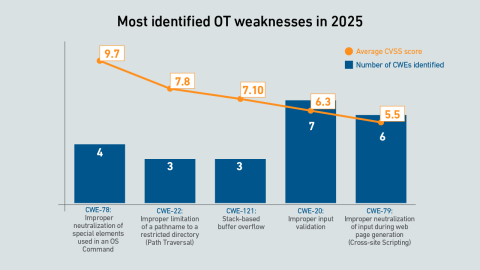
 Paul Carton
Paul Carton
 Anthony Sbarra
Anthony Sbarra
 Laurie Williams
Laurie Williams

 Rose Weinschenk
Rose Weinschenk
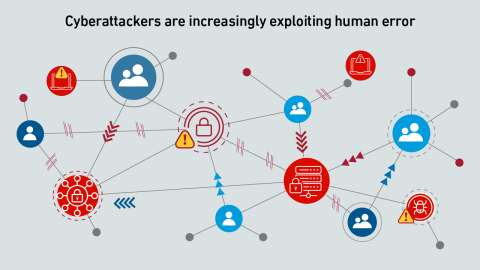
 Douglas Donnellan
Douglas Donnellan
 Andy Lawrence
Andy Lawrence

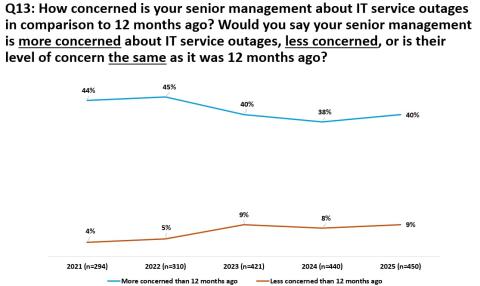

 Michael O'Neil
Michael O'Neil
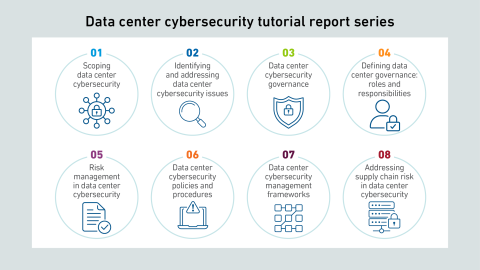
 Jacqueline Davis
Jacqueline Davis

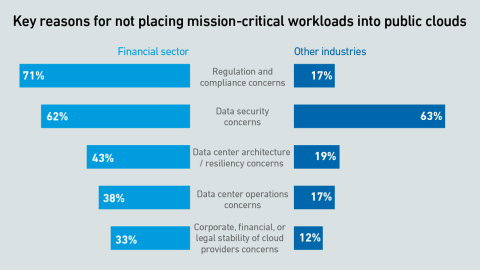
 Antonio Ramos
Antonio Ramos
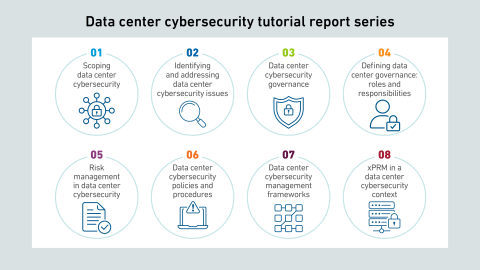
 Jabari Williams-George
Jabari Williams-George
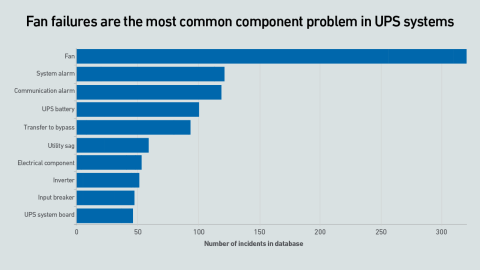
 Max Smolaks
Max Smolaks

 Daniel Bizo
Daniel Bizo
 Rosa Lawrence
Rosa Lawrence
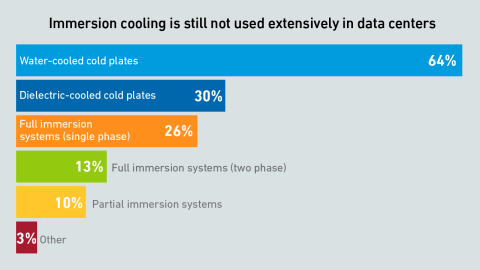
 Peter Judge
Peter Judge

